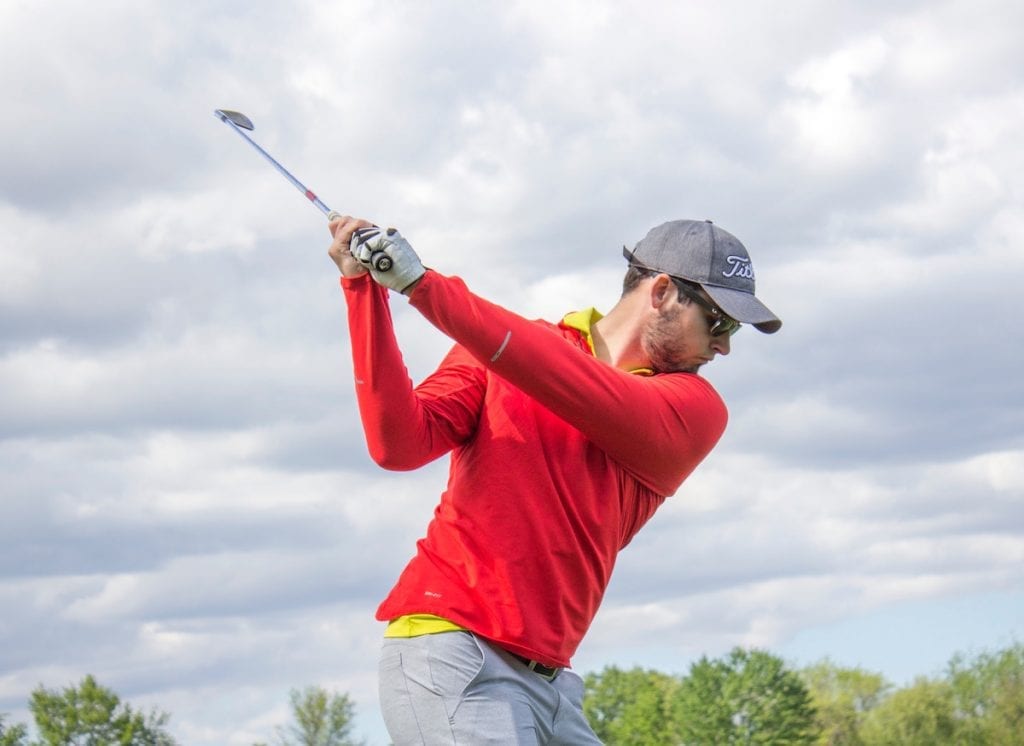As diehard golfers, we’re glued to the Net and the telly this time of year as Masters Week invades our living rooms, indeed our focus and lives!
Baylor College of Medicine Professor and Chairman, Dr. Thomas Hunt warns us, to avoid golf injuries, get your wrist in gear! Especially, for Diehard Golfers.
|
If you are looking to up your golf game this spring, be sure to watch your…wrist. According to a hand and wrist expert at Baylor College of Medicine, wrist injuries are one of the most common types of golf injuries. “The wrist plays a critical role in transmitting force from the body to the club and then to the ball,” said Dr. Thomas Hunt, chair of orthopedic surgery at Baylor and a member of the Titleist Performance Institute’s Medical Advisory Board. Thomas R. Hunt III, M.D., D.Sc Professor and Chairman Joseph Barnhart Department of Orthopedic Surgery Baylor College of Medicine Houston, TX Hunt said that the lead wrist, the left wrist in a right-handed golfer and vice versa. It is the target of most of the force when your club hits the ball, so the repetitive impact can lead to overuse injury, tendon inflammation (tendonitis), and pain. While this is more common in the professional player with an unrelenting practice schedule, a rusty weekend golfer also may be at risk for these injuries. Prevent this type of injury:To prevent this type of injury the occasional or diehard golfer should simply avoid overdoing it on the first trip to the course. Infrequent participation is often the culprit. Pre-exercise heat, stretching, and occasional use of anti-inflammatory medication prior to playing can be effective as well. To help treat it, Hunt suggests a period of rest. Along with the use of ice and gradual return to the sport over about two weeks. If this doesn’t alleviate the pain, or if it returns quickly, he suggests seeing a sports-based hand and wrist physician to assess the injury and provide a definitive diagnosis. Such rapid deceleration of the club head can cause cartilage or ligament tears in the lead wrist. To avoid these injuries, slow it down, concentrating on form and tempo. Regularly hitting off hard turf mats at the range can be a risk factor as well. Hunt noted that once a golfer has an injury and subsequent pain. The wrist motion and grip strength tend to decrease, which can lead to re-injury with continued play. For this reason, the time spent obtaining a proper diagnosis and treating the disorder. It is well worth it and may avoid worsening the problem. |

